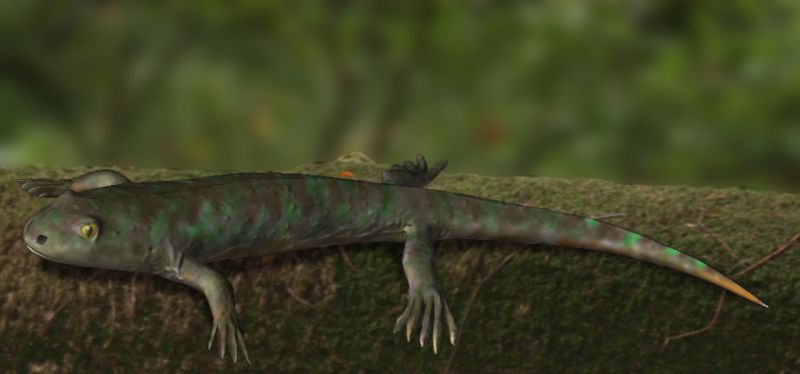[Recent Entries][Archive][Friends][User Info]
| Time | Text |
|---|---|
| 10:00 pm [Link] |
Balanerpeton Balanerpeton is an extinct genus of temnospondyl amphibian from the Early Carboniferous period. It reached approximately 50 cm (20 in) in size. Balanerpeton woodi was discovered by Stanley Wood and is the earliest and most common tetrapod in the East Kirkton Quarry assemblage of terrestrial amphibians in Scotland. Characteristics of Balanerpeton woodi include the presence of large external nares, large interpterygoid vacuities and an ear with a tympanic membrane and rod-like stapes. The morphology of the stapes suggests that the animal was capable of hearing high-frequency sound. B. woodi does not possess lateral line sulci or an ossified branchial system. The principal method of respiration was probably buccal (gulping air through mouth) rather than costal (expanding chest volume to take in air), indicated by the small straight ribs.
|
| Reply: | |




